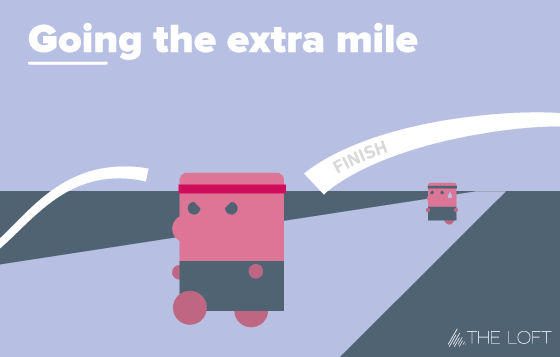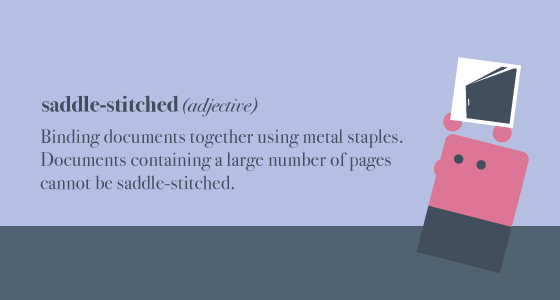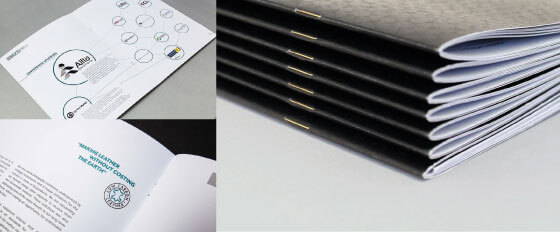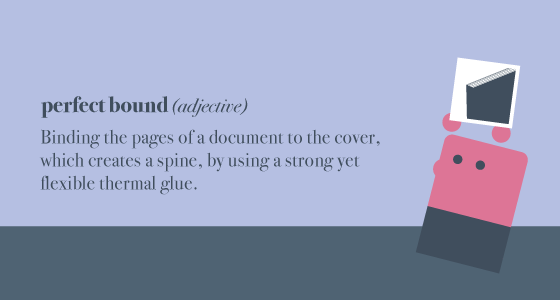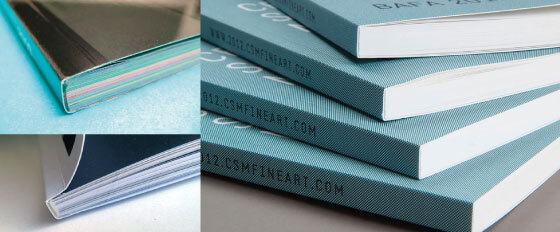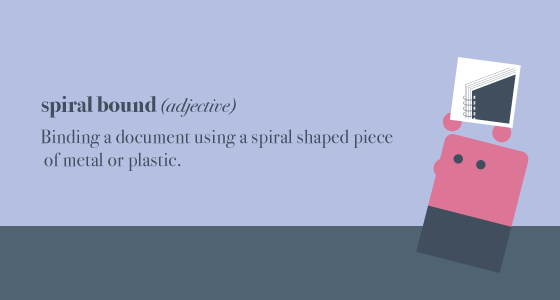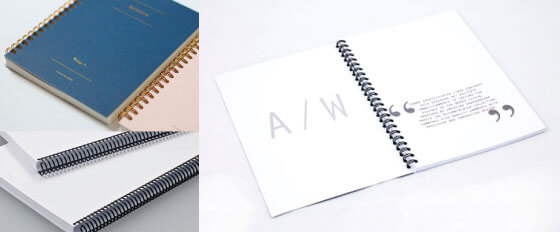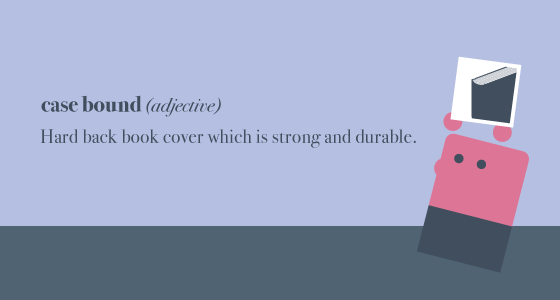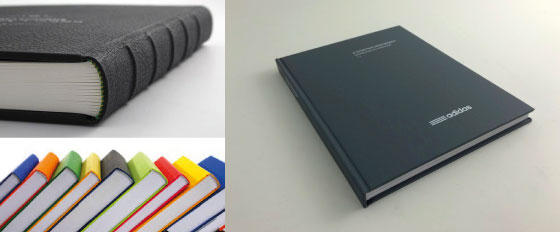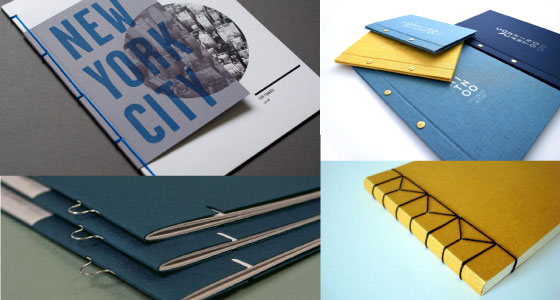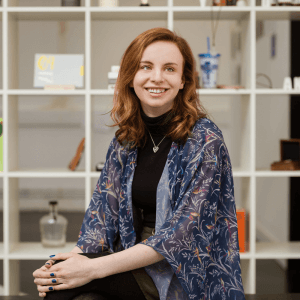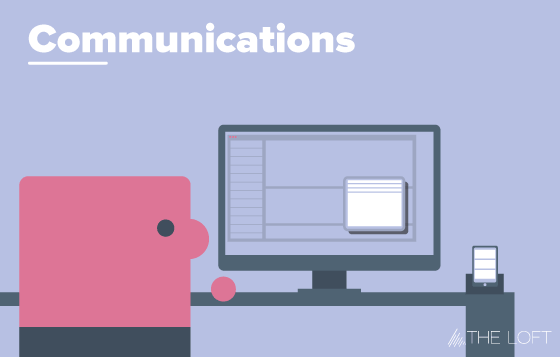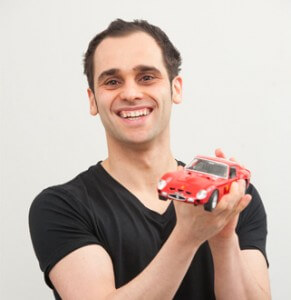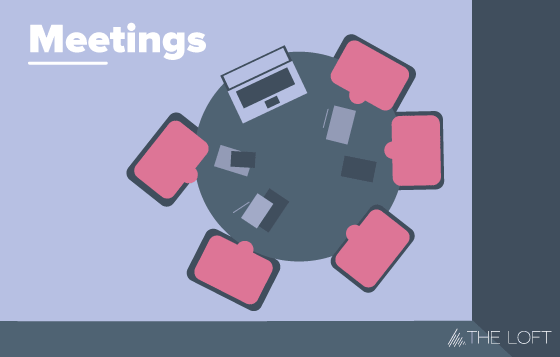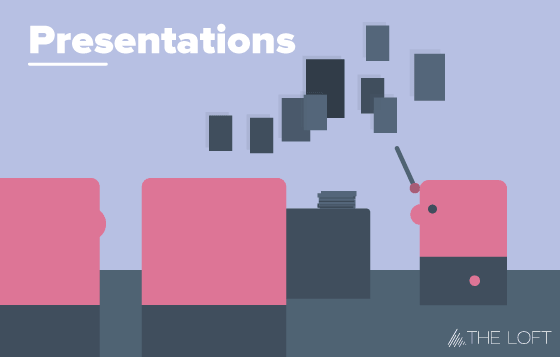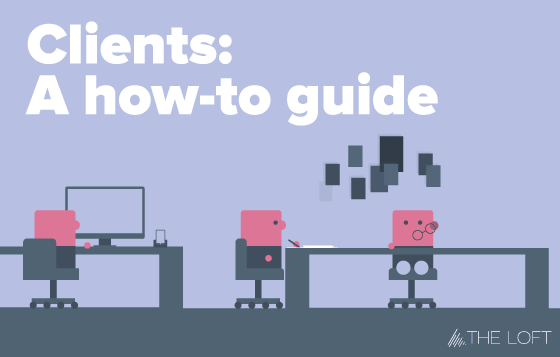We strive to create beautiful bespoke pieces of work that help bring your brands to life — this is something that takes time, energy, and structure. The design process varies for a lot of agencies; some have very strict rules which must be followed, whereas others have no structure whatsoever. At the loft, we’re probably somewhere in between.
Your own personal design process will be as distinct as the end result, so we have engineered a loose framework that resembles a simple project. Not only is the design process effective and efficient, it’s something that should be a lot of fun.
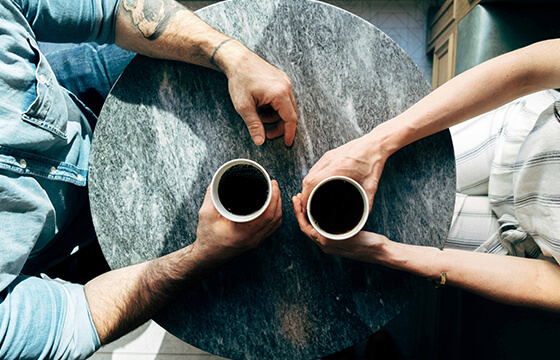
1. Initial Meeting
If you have that initial spark of an idea, we would love to hear it. It’s all about taking time to work out exactly what you would like to achieve. The best way to get the ball rolling is by setting up that first meeting to discuss all of the potential directions we can take the project. We will discuss the main aims, intended outcomes, and pinpoint exactly what it is that gives your idea energy. Whether that’s a visit to our studio or over a cup of coffee at the local cafe, all projects begin with a simple, friendly chat.
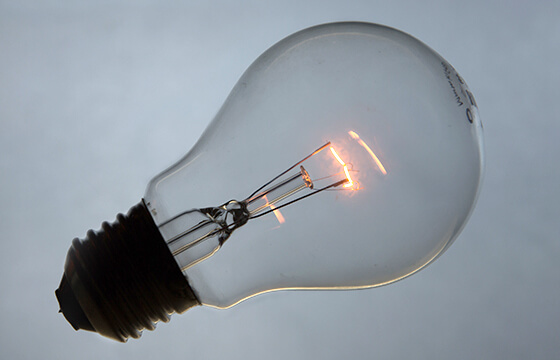
2. Getting to the core
Now it’s time for the design team to sit down and really their heads together. Finding out and conquering a challenge, understanding an incredibly complex system, bringing out the best in something or someone… every single client we have worked with has had their own unique problem to solve. By summarising the brief we can boil down the project to its core and figure out what the true object is we are to overcome.
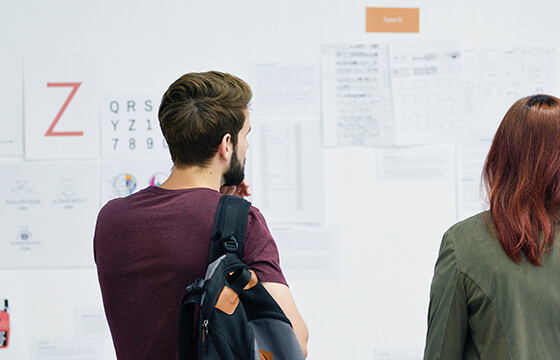
3. Concept Presentation
Now it’s time to have some fun! We love to generate tonnes of great ideas, ranging from things that tick all of the briefs boxes to more, let’s say, abstract thoughts. Working with yourself, we can capture some real jewels of creativity in these sessions. Concepts let us summarise our thoughts and highlight the potential directions that the project can take. It’s important to show where ideas come from so displaying them in a presentation makes the process a lot more exciting and visually digestible. Initial sketches is an integral part of the loft’s design process as we can work hard and fast without wasting time on ideas that have no traction. This will be supported by research visuals possibly some basic computer mockups. During these meetings, we like to hone in on a select few ideas so that we can put a lot of energy into. Whether it is home or away, they are great fun to take a step into the future and see what is possible.
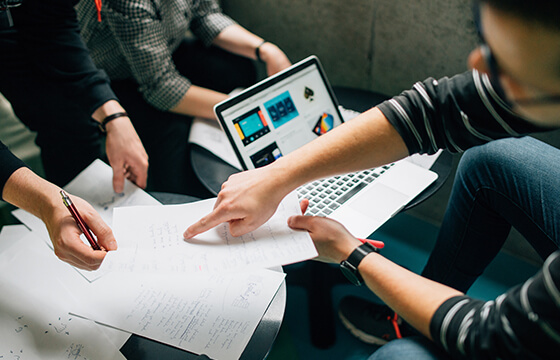
4. Development Stage
The idea is starting to take shape, building more and more momentum. During this stage we hone in on selected concepts, tearing them apart, playing with various sizes, colours, and compositions. This is where controlled chaos lies and the visuals begin to appear. We will usually require some content from yourself (be that body copy, logos, or images).
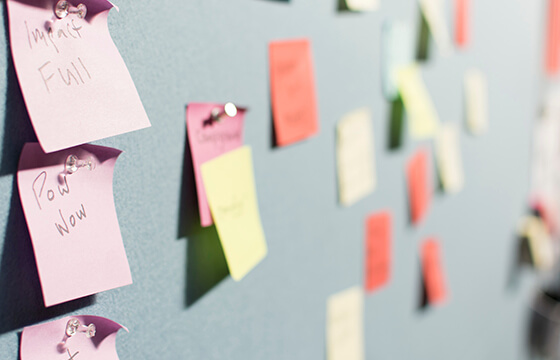
5. Development Presentation
We welcome you back to our studio to exhibit the latest developments in the project. Now is time to be harsh and focus on the finer details — an exciting time for both parties as that initial spark of an idea starts to really come to life.
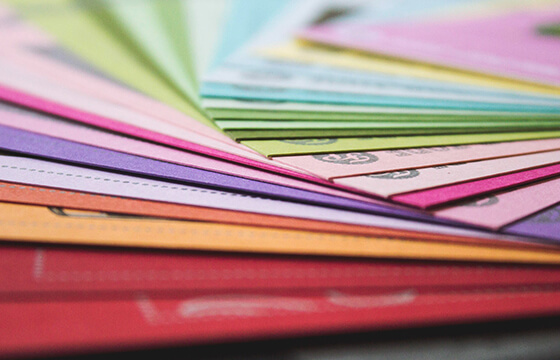
6. Further Development
It’s time to finalise the design and lock in the core message. Taking on board all feedback and using it to bring the designs from good to great. This stage requires a very delicate touch — jewellers would be jealous.
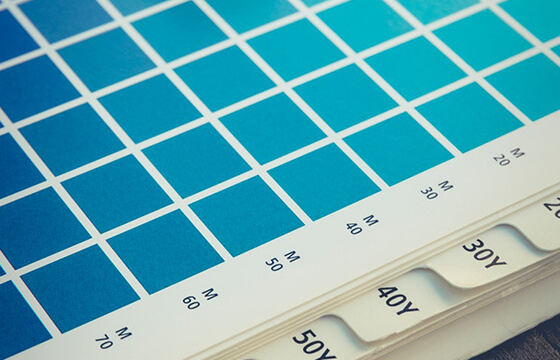
7. Final Design Presentation
This is the design as we envision it, all details taken into consideration and work that we are very proud of. An ideal time to thoroughly analyse the design and flag up any final amends before the files are prepared in post-production.
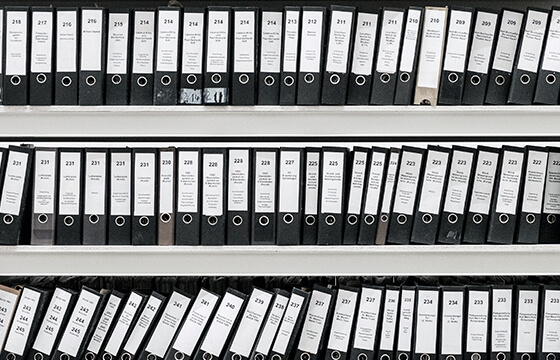
8. Amendments & File Prep
Any final tweaks that were flagged up in the previous presentation are to be carried out, signing off the overall design. We then move onto prepping the files for their specific format, whether that be print, digital, or other.
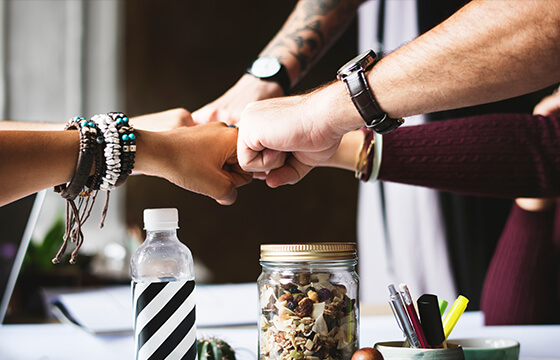
9. Final Sign Off
And alas we reach the bittersweet end of our design adventure. This is concluded by the hand over of all deliverables and additional material that has been created. This project may have come to a close, but our door is always open — we love sitting down for that next coffee.
Reiss, Designer & Director of Client Happiness.

Reiss is a multi-purpose designer with a broad range of skill-sets.
He loves being a part of any creative activity — whether it’s mapping out a user experience, getting his hands dirty with some copy or even re-building bits of his motorbike.
A born people-person, Reiss is never happier when showcasing ideas from his vividly wild imagination and working with clients to see them through to completion. Once an architect, he has a keen eye for conceptual ideas and never tires of learning new things.
